
Imagine waking up in a home that changes shape with the sun, rotates to catch the breeze, and adjusts its silhouette at your whim throughout the day and night. The idea of a house that adapts to its environment and to you sounds like science fiction, but it’s at the heart of the Interactive Segmented House of the Future by Michael Jantzen, a concept that reimagines what home can be.
This visionary concept explores what happens when architecture becomes kinetic, modular, and deeply responsive to natural forces and human desires. The house offers a glimpse into a future where homes are as dynamic as the people who live in them, constantly adjusting to weather, light, and personal preference without requiring you to adapt to static architectural decisions. The design challenges every assumption about residential architecture.
Designer: Michael Jantzen
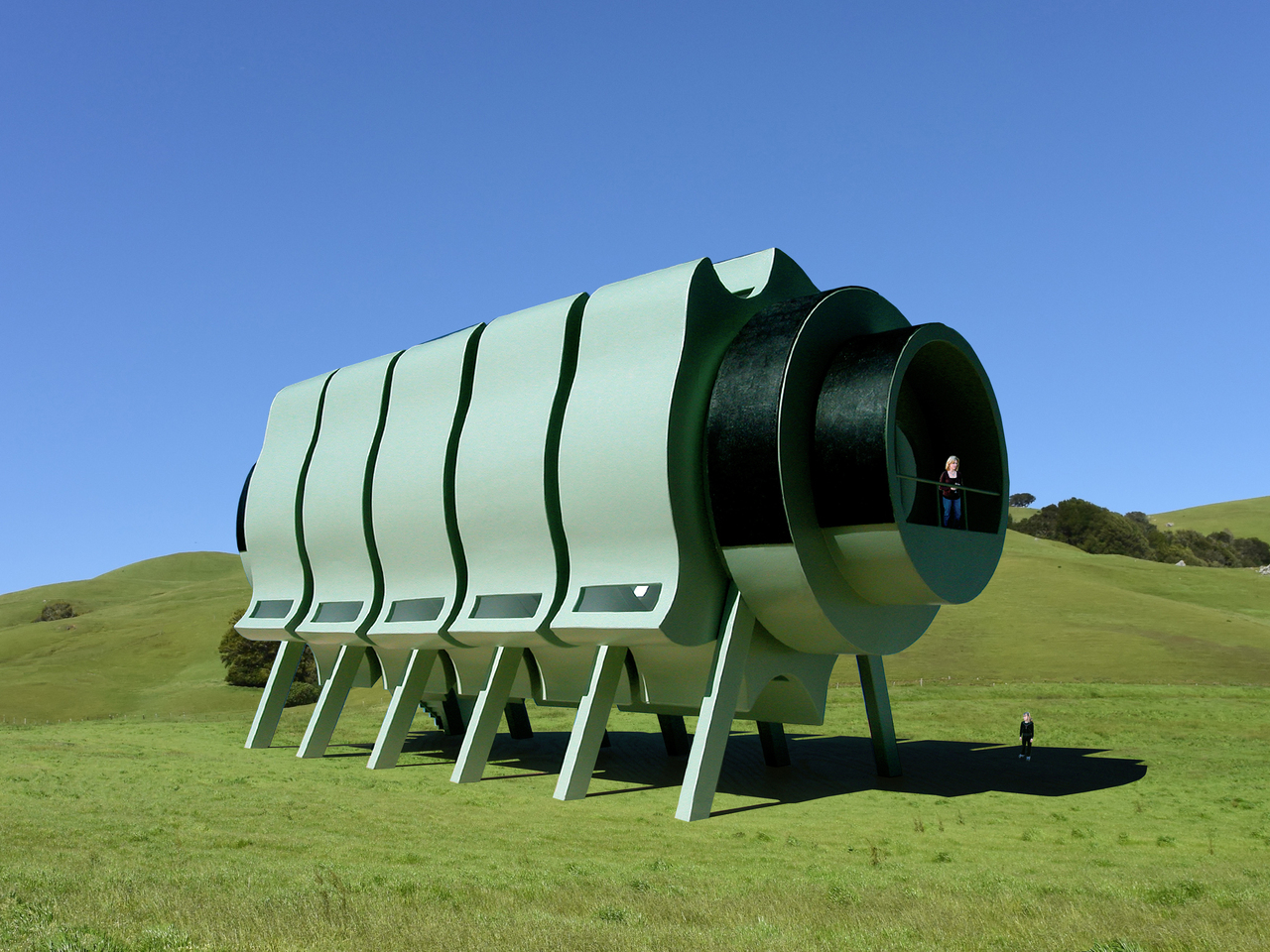
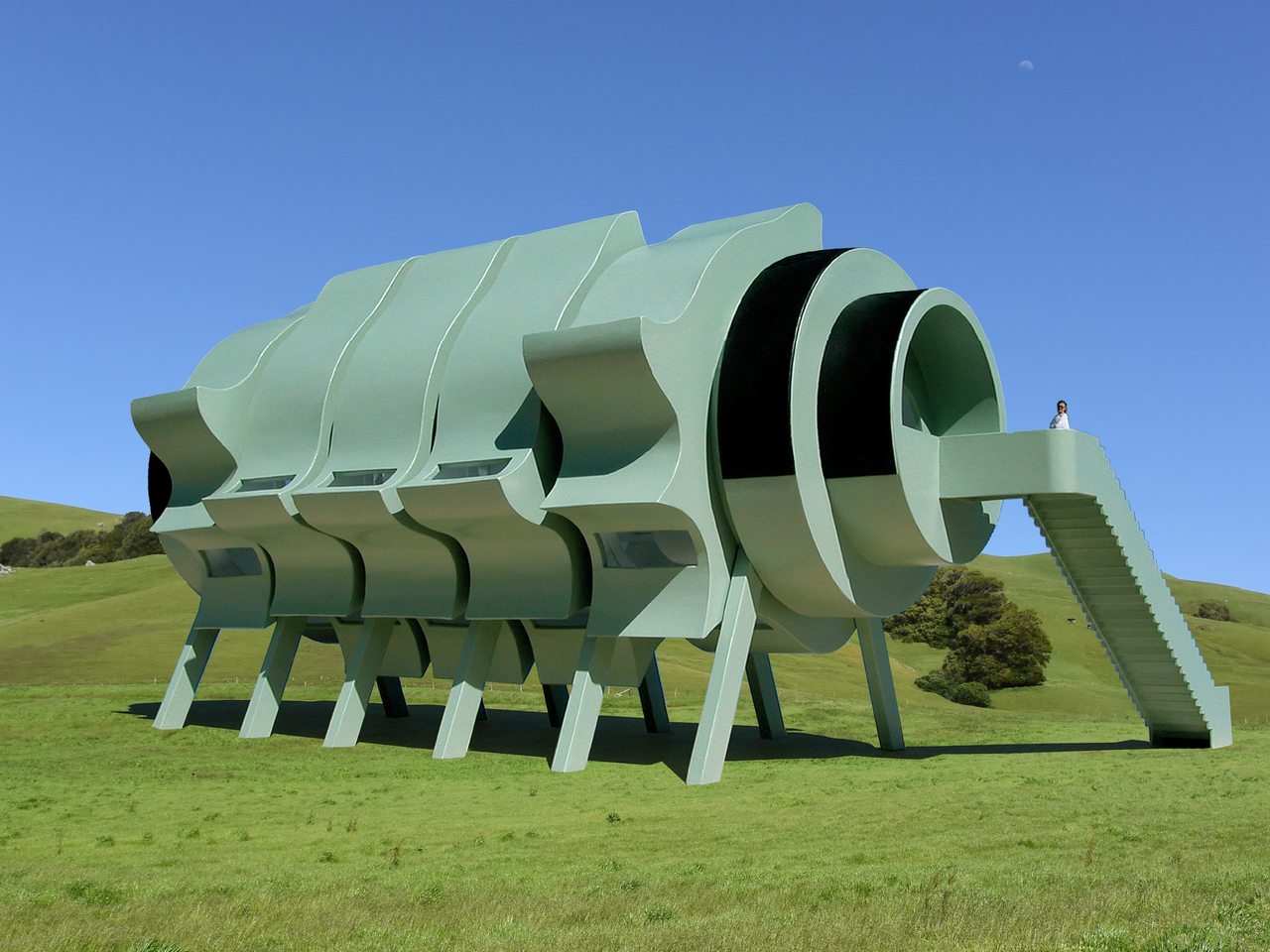
The house is built around five identical, curved steel segments that rotate around a central glass-floored living space like petals around a flower’s center. Each segment can pivot independently or together in coordinated movements, allowing the home to catch sunlight for passive warming, funnel wind for natural cooling, collect rainwater for storage, or frame the best landscape views throughout changing seasons.

Photovoltaic panels on the exterior generate electricity for internal needs, while rain-catching forms and wind scoops make the house self-sustaining and potentially off-grid in remote locations. Each segment is carefully shaped with formations that serve as windows, ventilation scoops, or water collectors. The occupants can fine-tune the building’s environmental response by positioning segments to meet immediate needs or simply experimenting with different visual configurations.

Inside, the glass floor creates a sense of floating in open space, with air and light circulating freely through openings without visual obstruction from opaque surfaces. All essential furniture is hidden in semicircular cabinets beneath the glass floor, rising up and unfolding only when needed for sleeping, eating, or working throughout daily routines. The result is a space that can be left completely open or configured for specific activities.
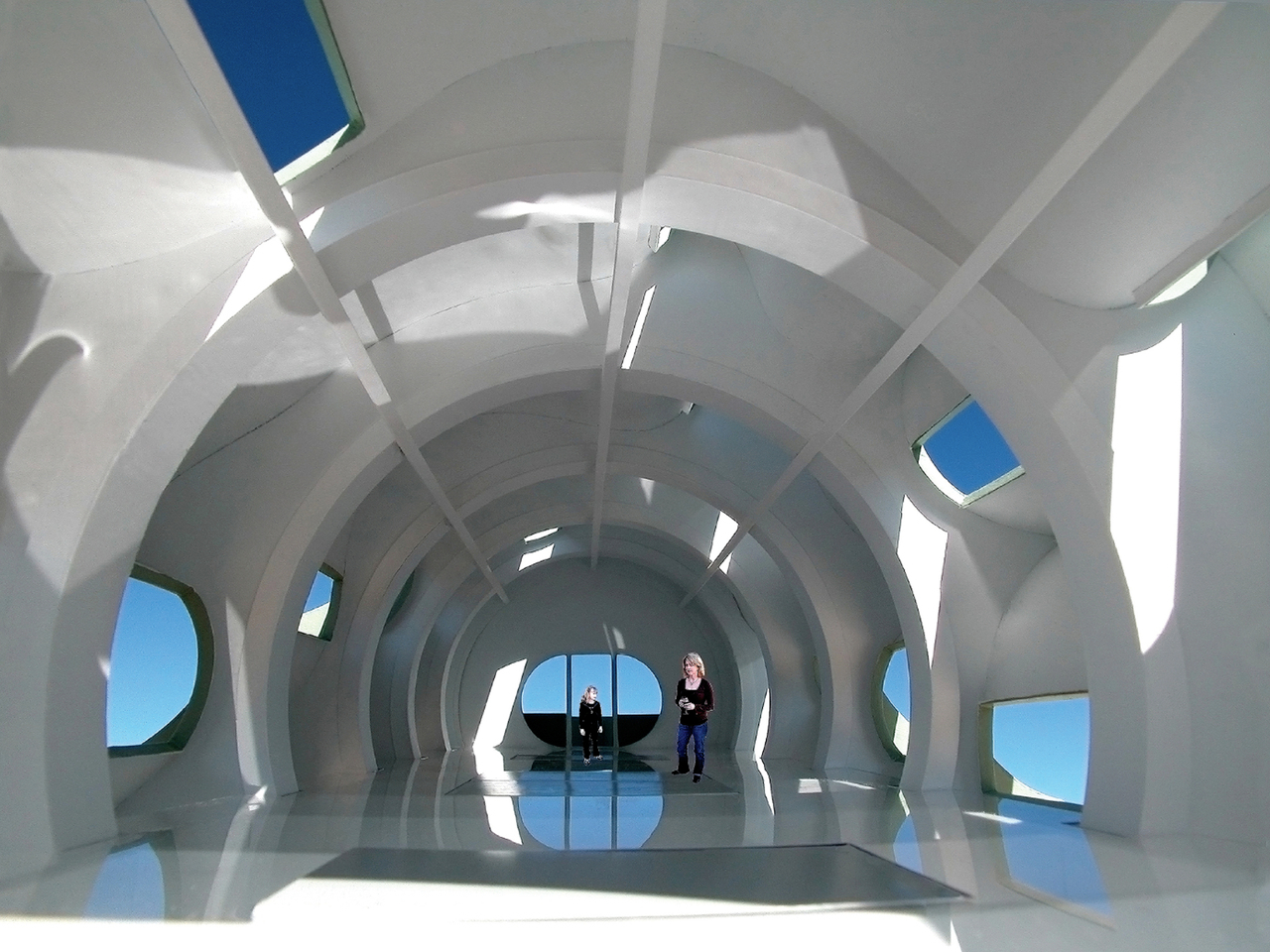
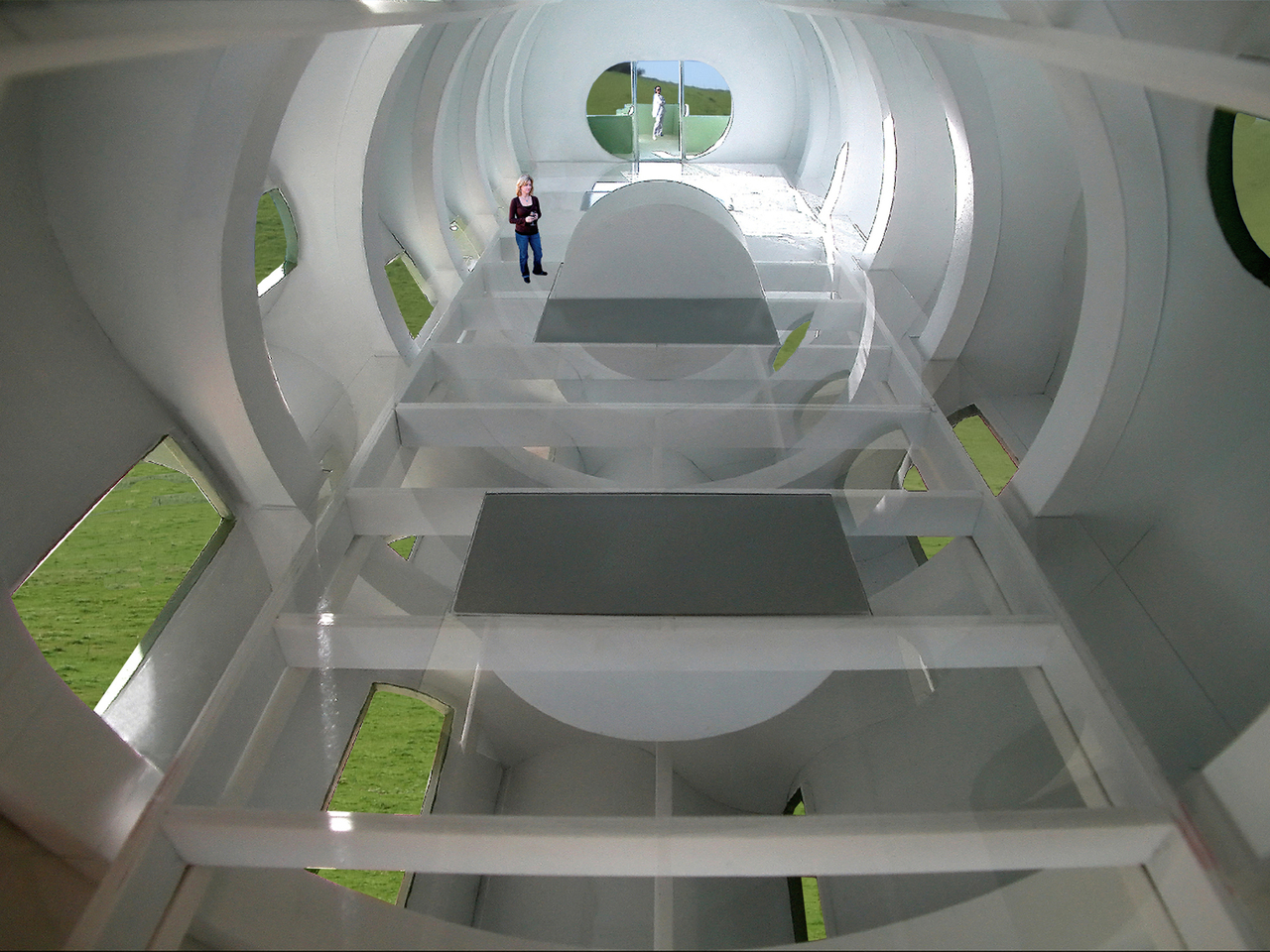
The absence of fixed partitions and the ability to clear the floor completely make the interior endlessly adaptable, supporting everything from quiet solitude to lively gatherings with friends. The glass floor provides an uninterrupted 360-degree view of the space and the segments rotating around it, enhancing the sensation of living inside a responsive, almost organic structure that breathes with environmental conditions.

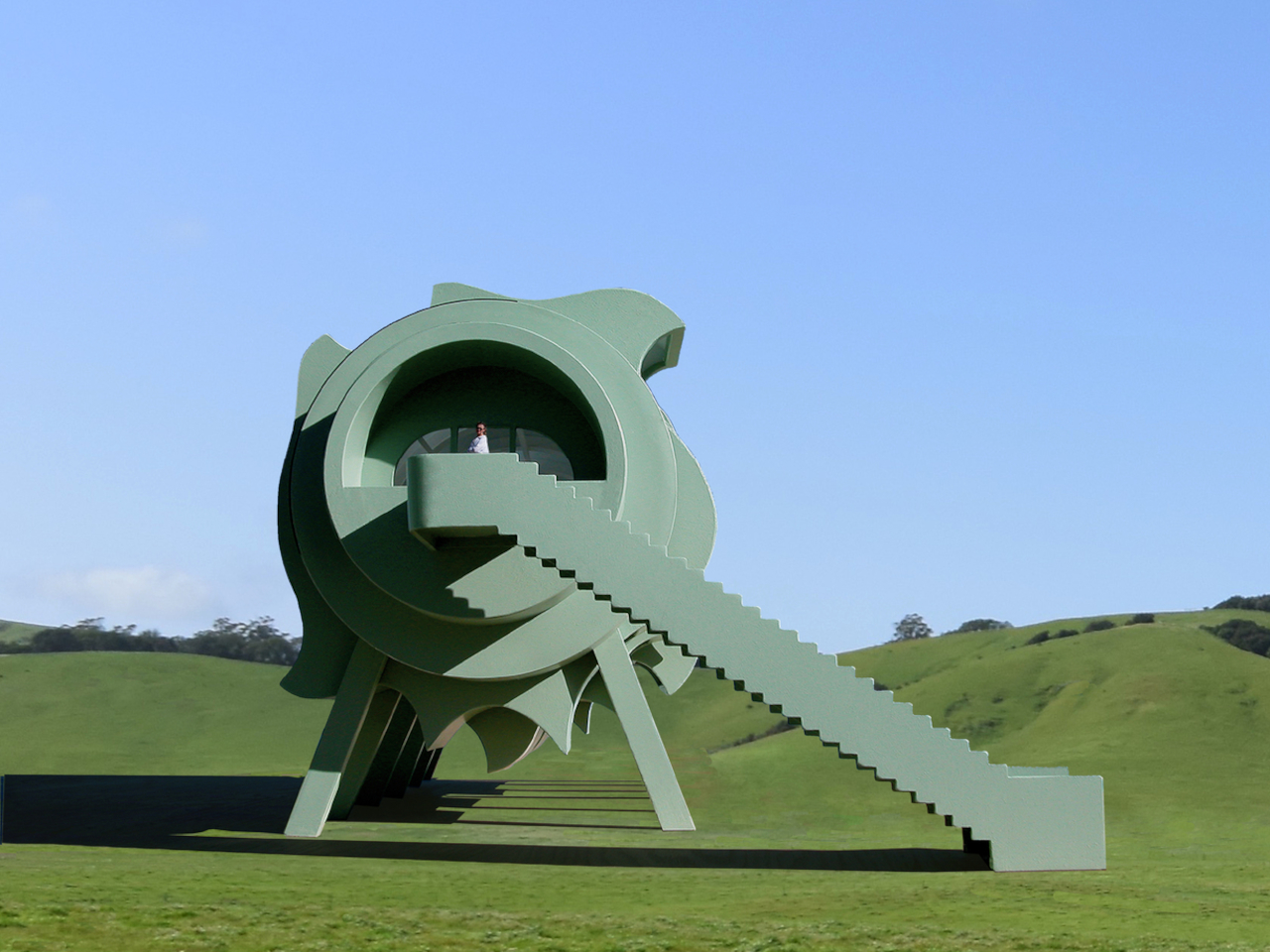
While the Interactive Segmented House of the Future is a stunning vision worth celebrating, it faces practical challenges worth acknowledging honestly and thoughtfully. The mechanical complexity of rotating large structural segments, potential maintenance needs for motors and bearings, and the demands of glass flooring and custom fabrication could make real-world construction costly and require ongoing professional care and specialized expertise that may not be readily available.
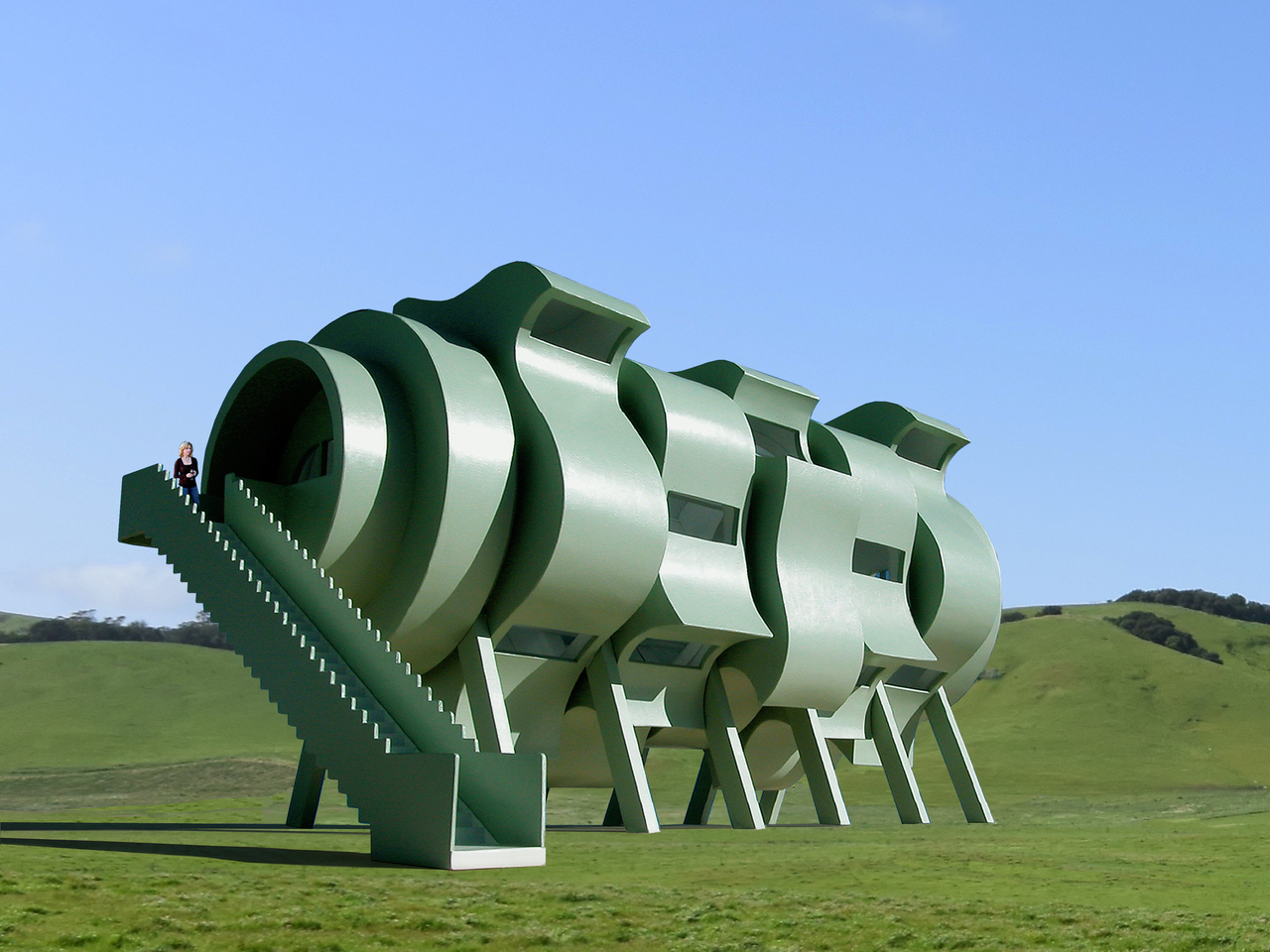
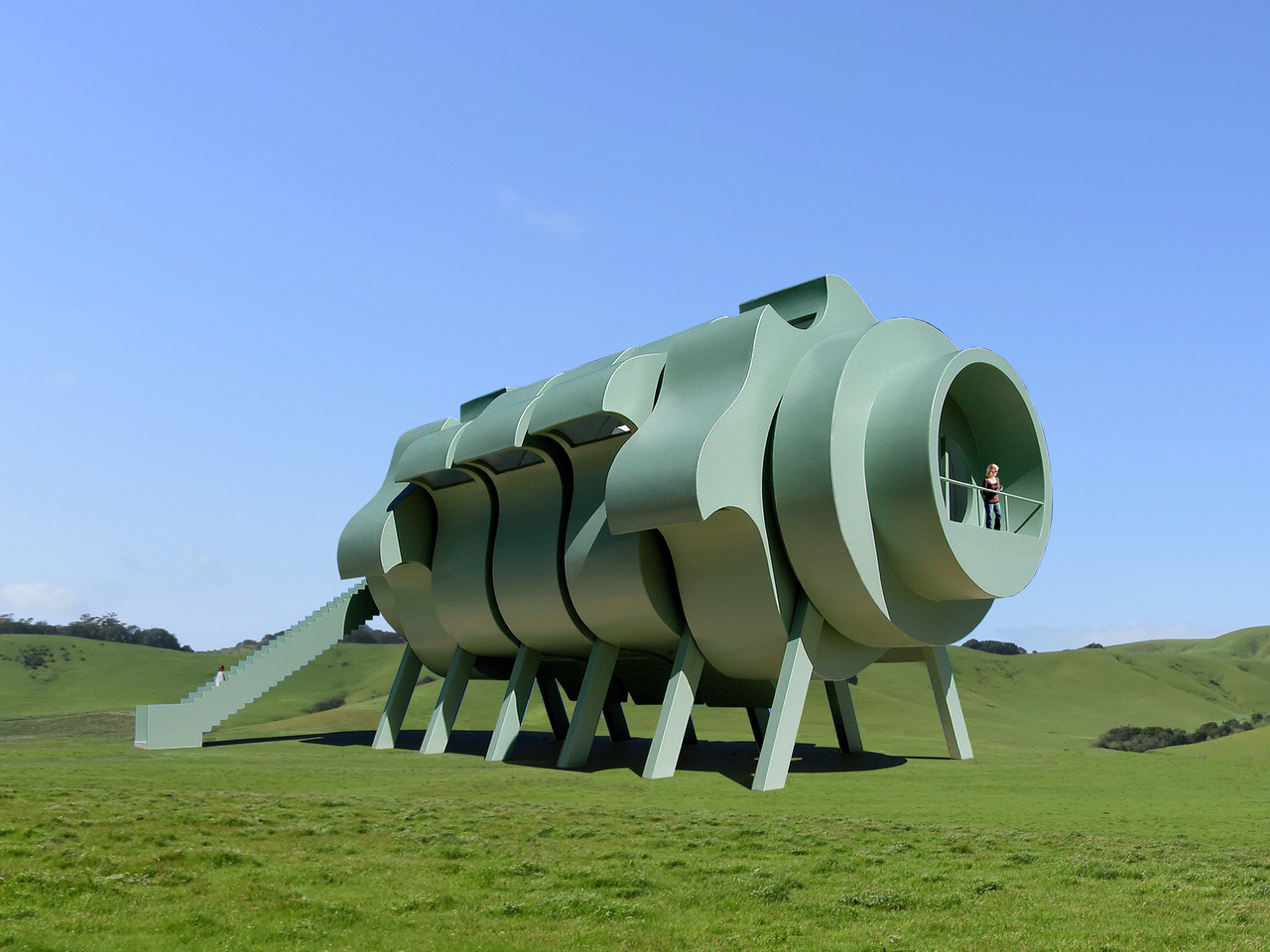
Living in a house like this would mean waking up to new views daily, adjusting your home to match the weather naturally, and enjoying a space that feels alive and ever-changing. For anyone dreaming of a home that’s as flexible and imaginative as their own life and aspirations, this concept offers a bold proposal that blurs boundaries between architecture and living machine.
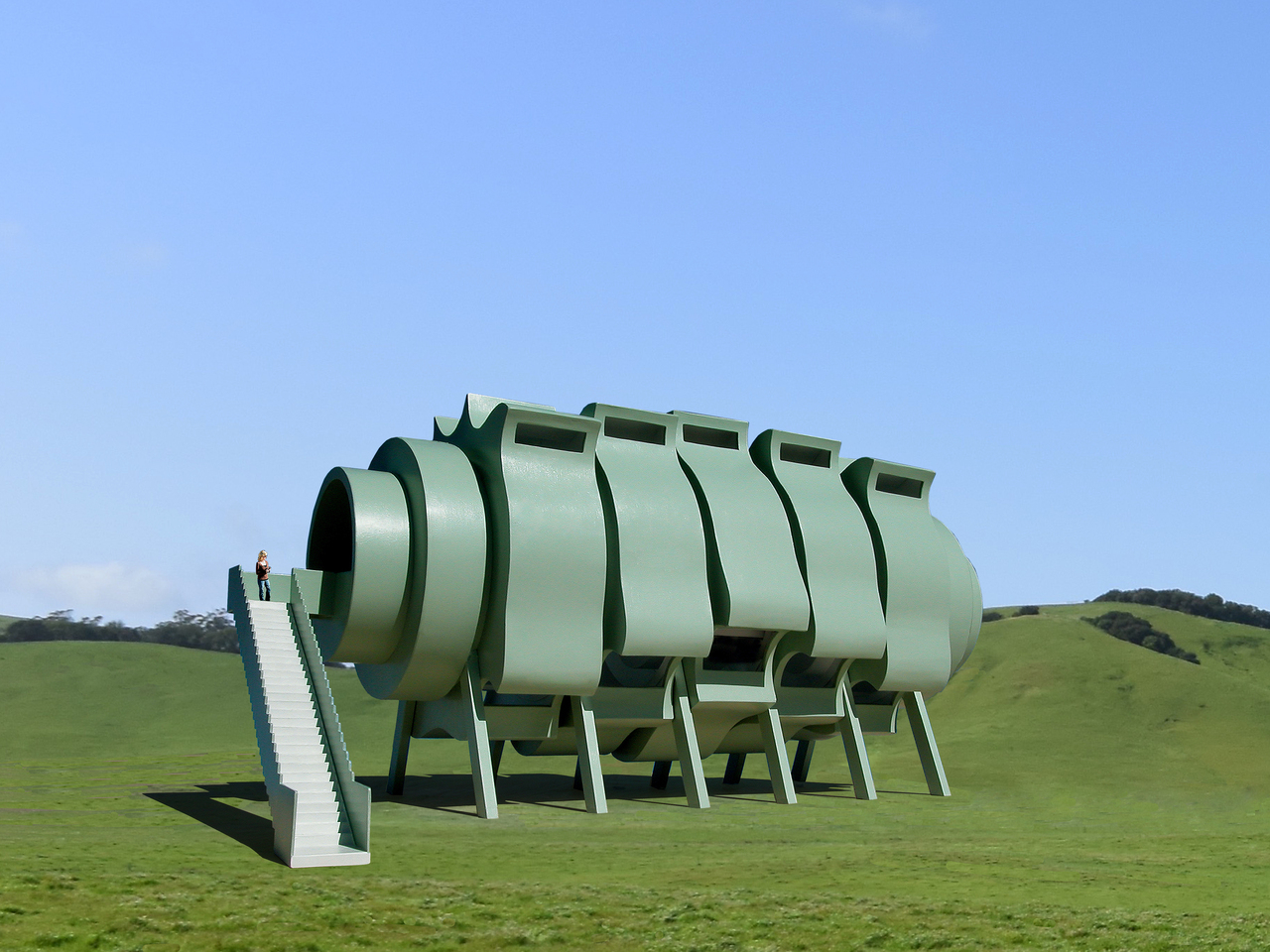
The post Concept House With 5 Segments Rotates to Catch Sun and Wind first appeared on Yanko Design.